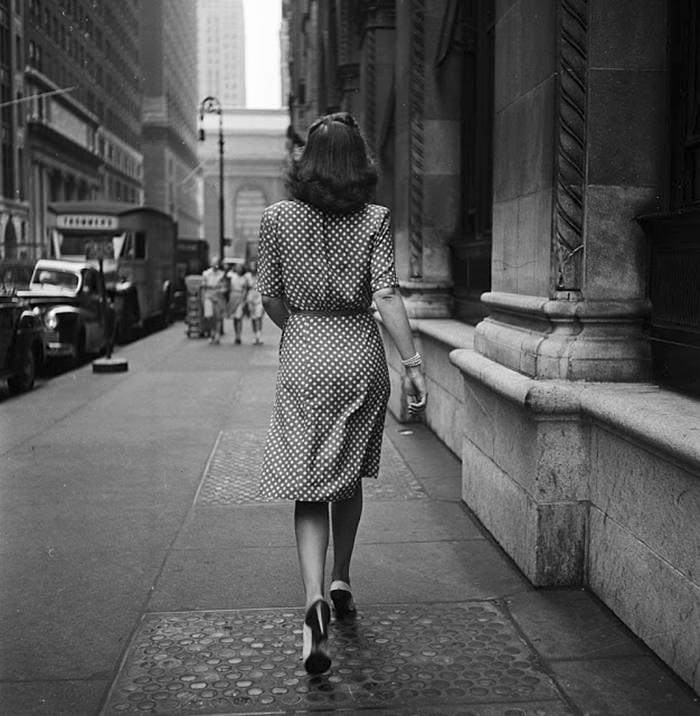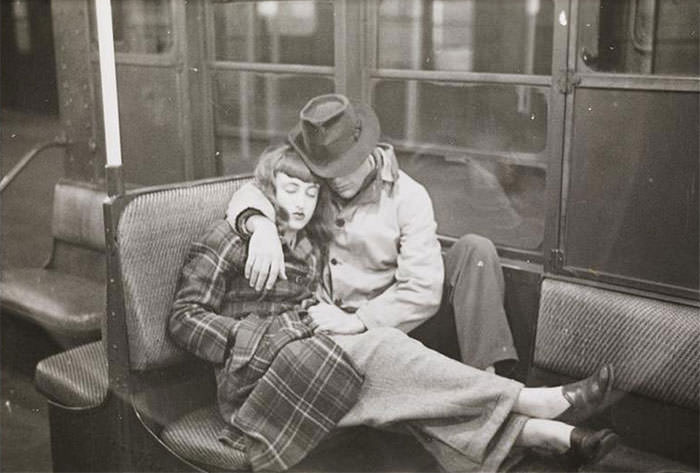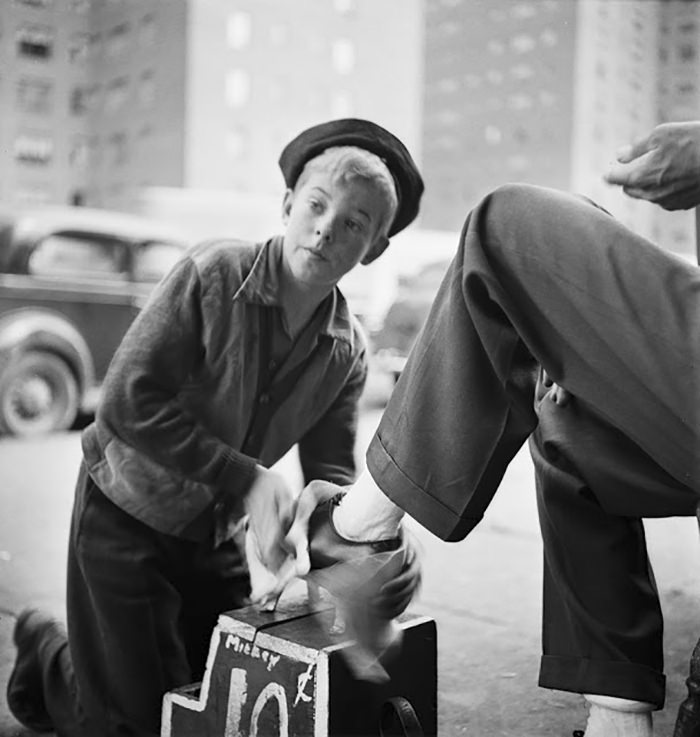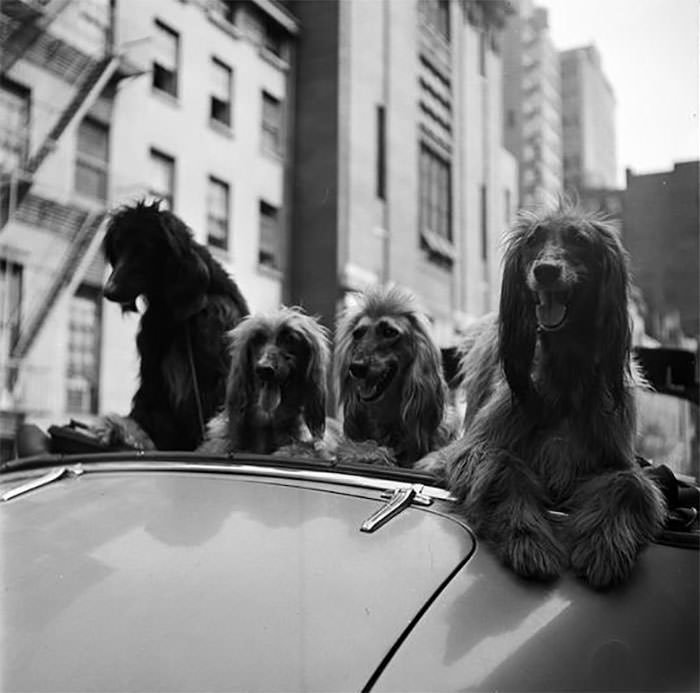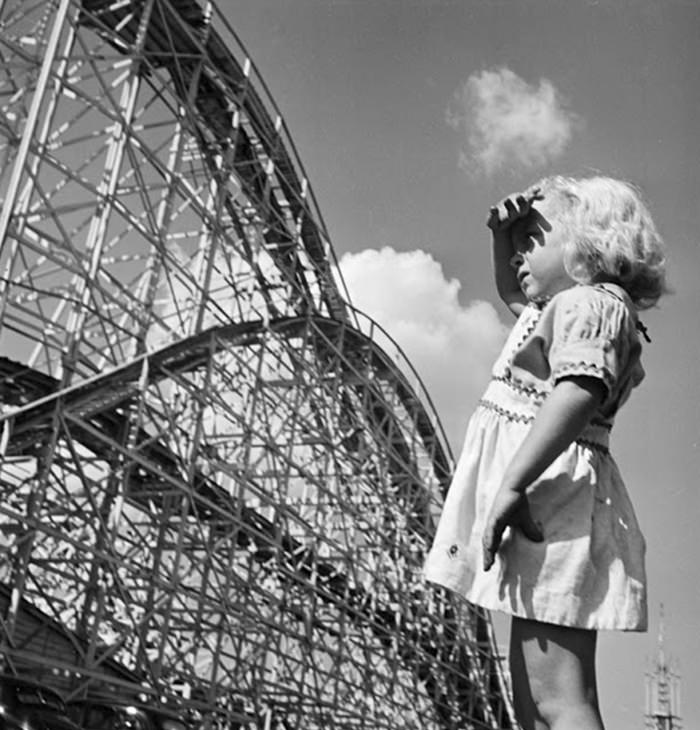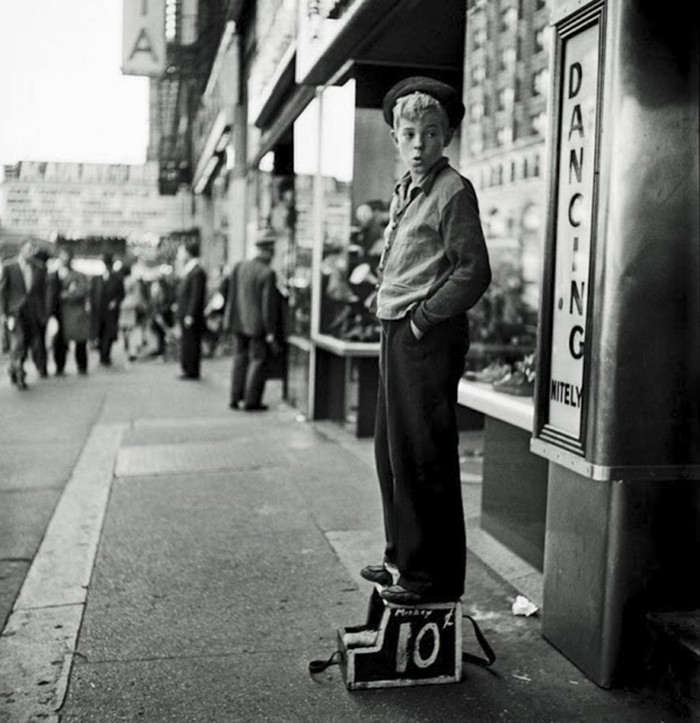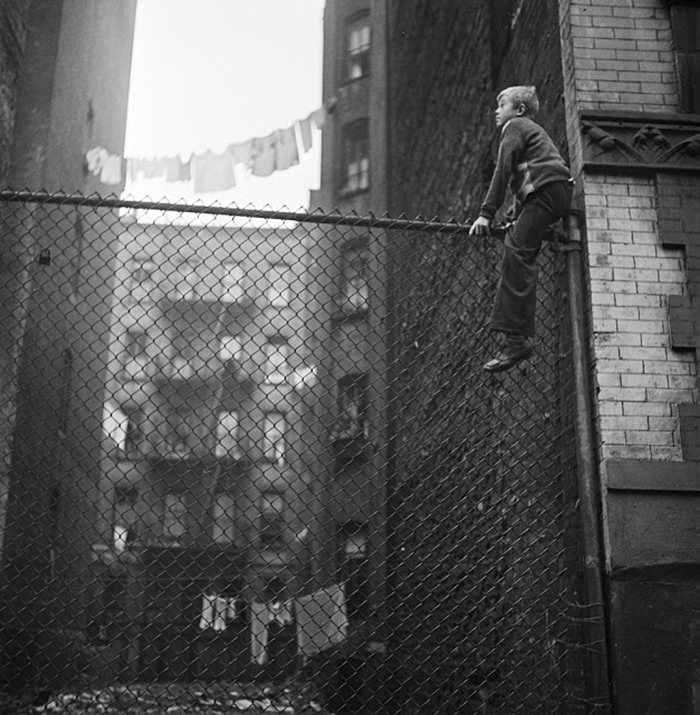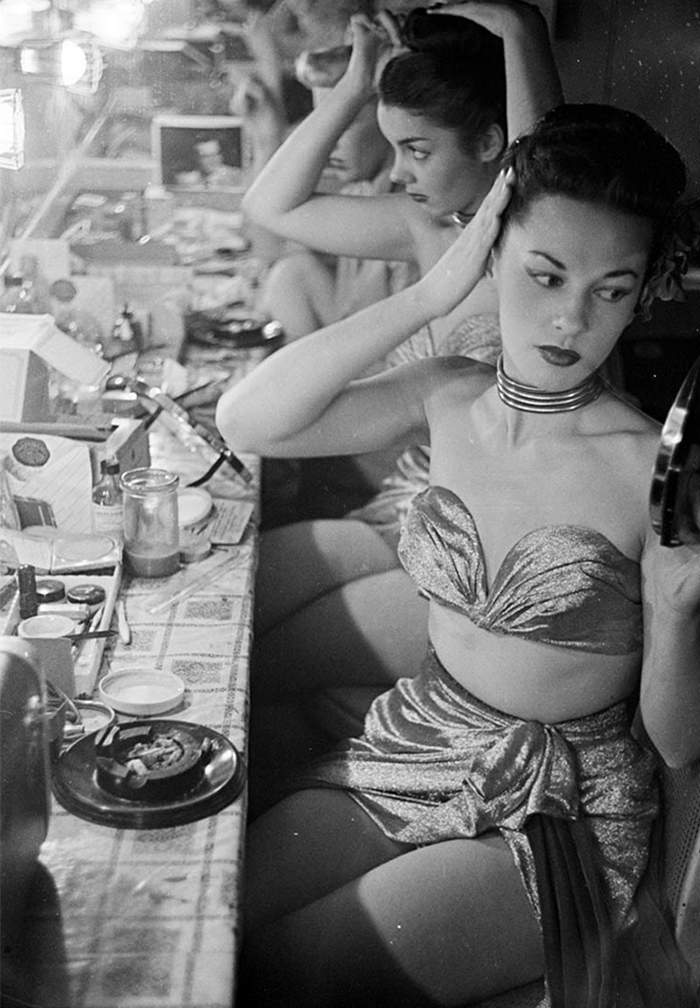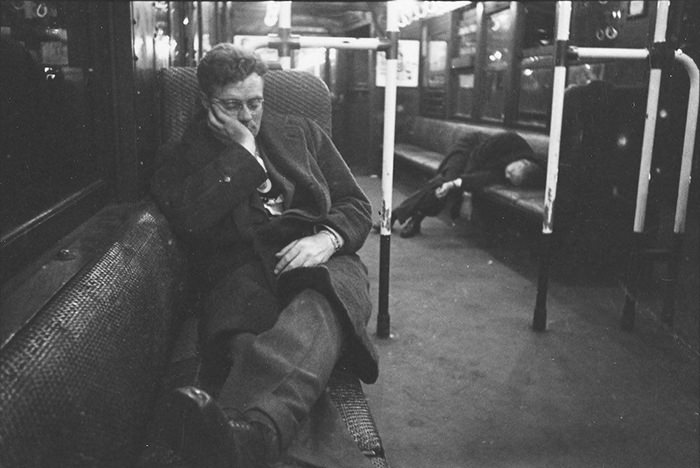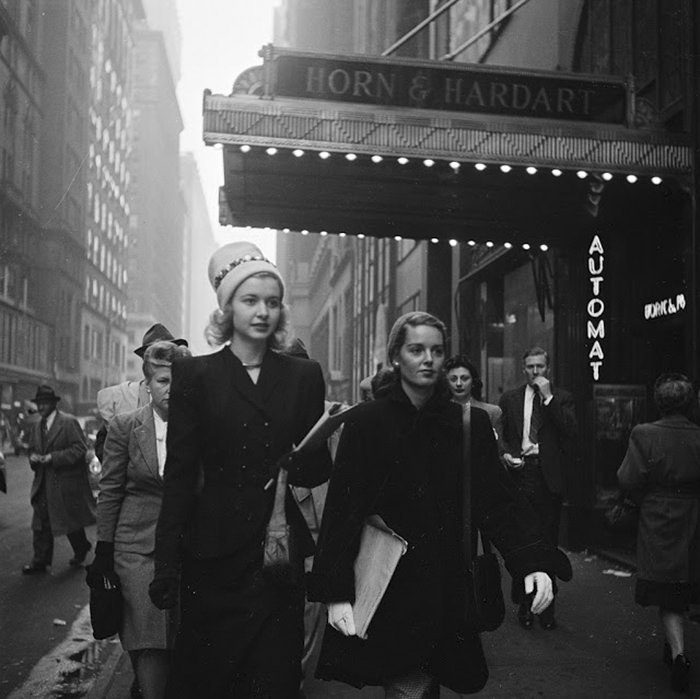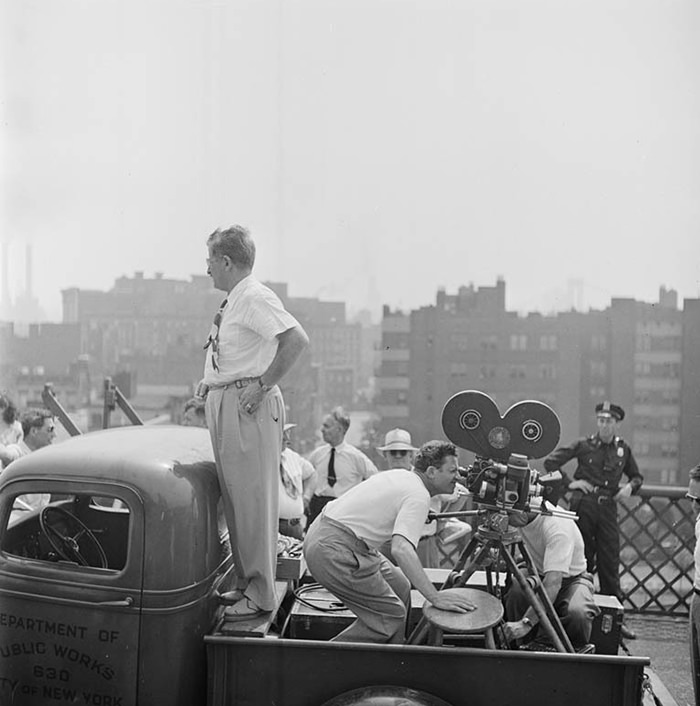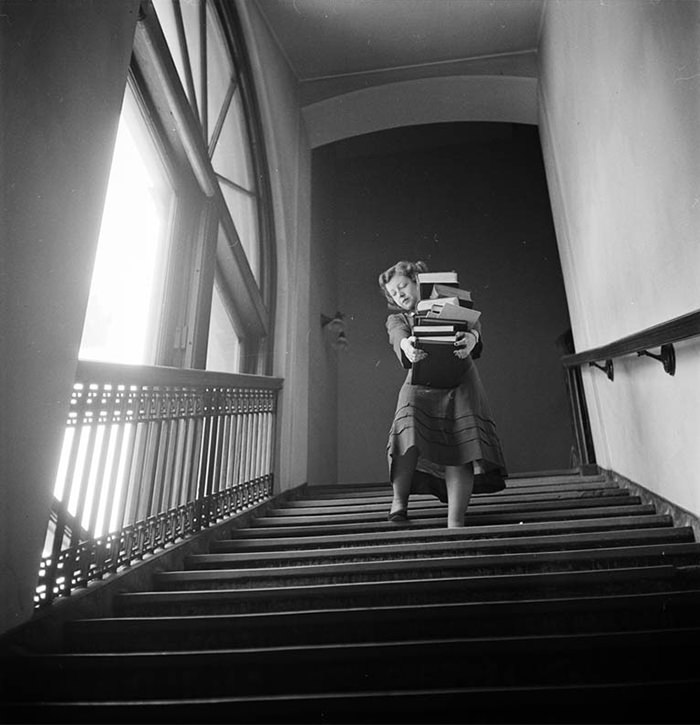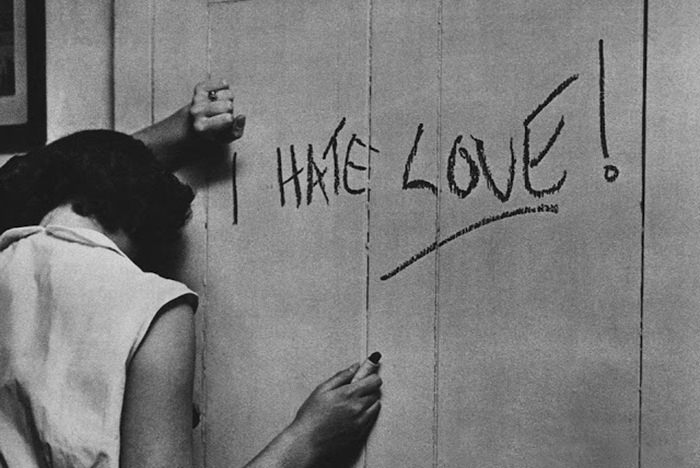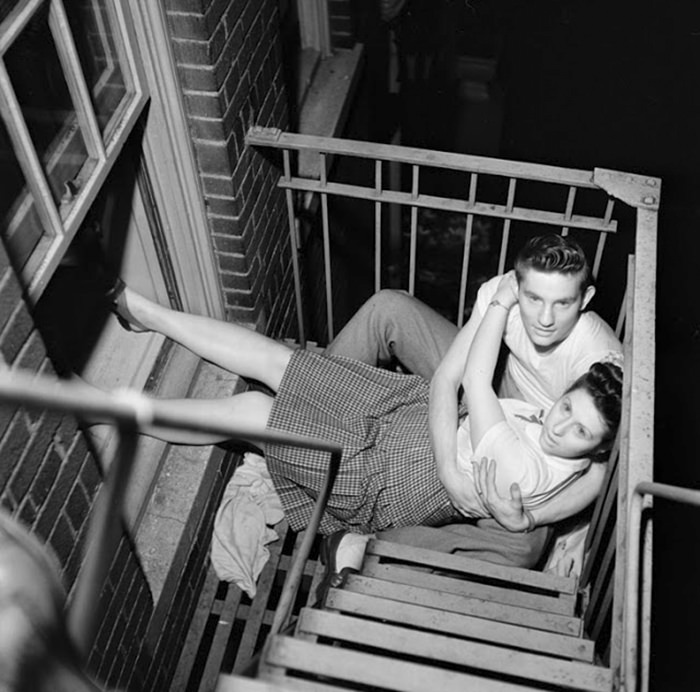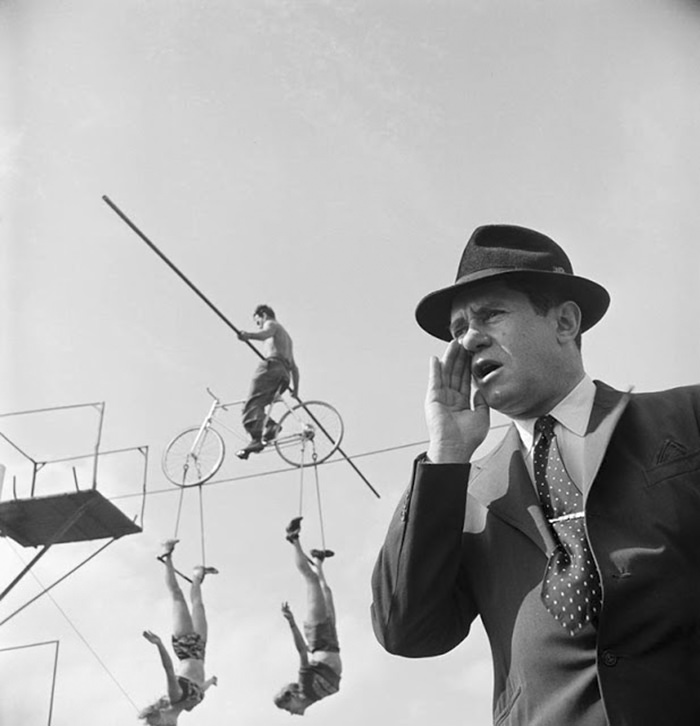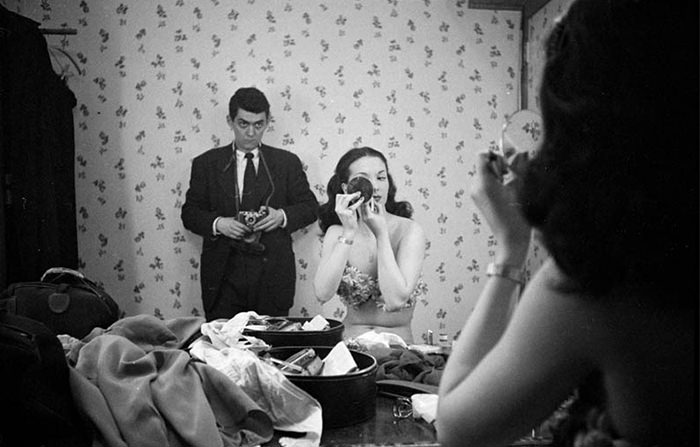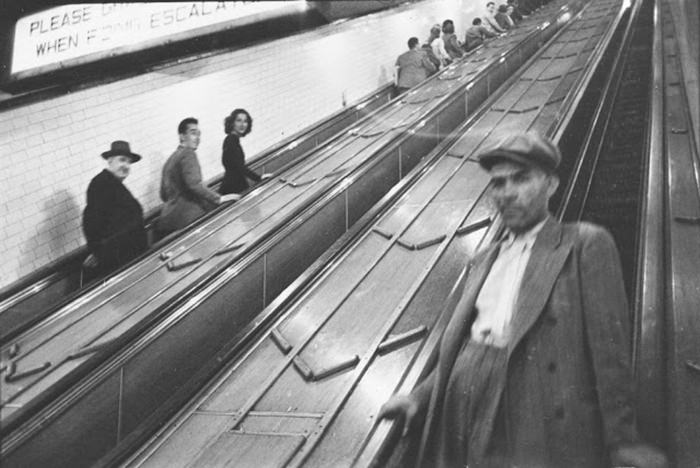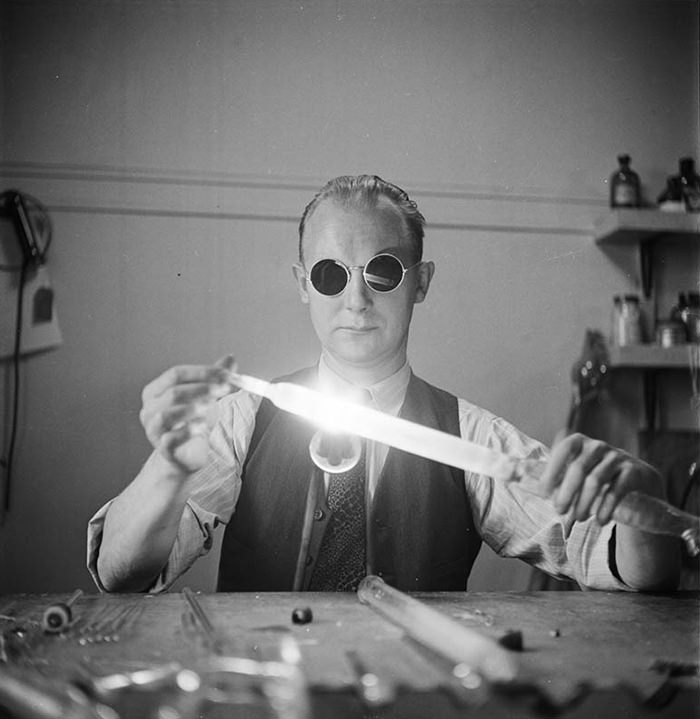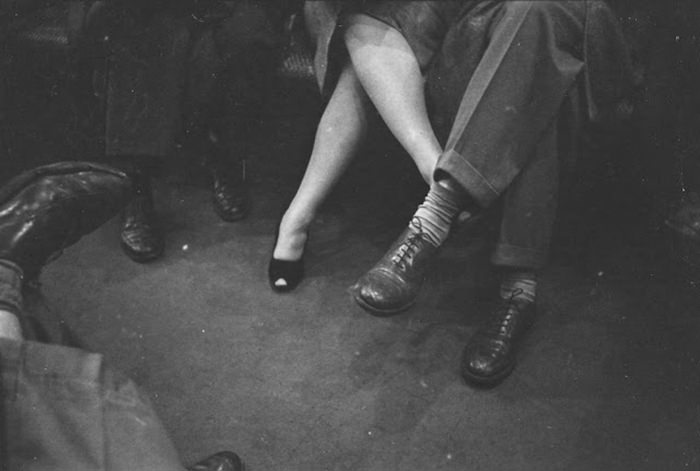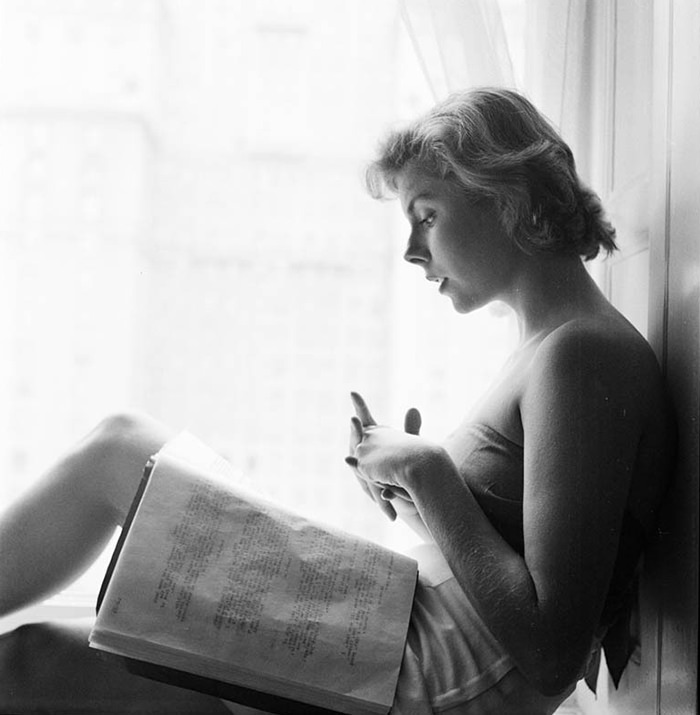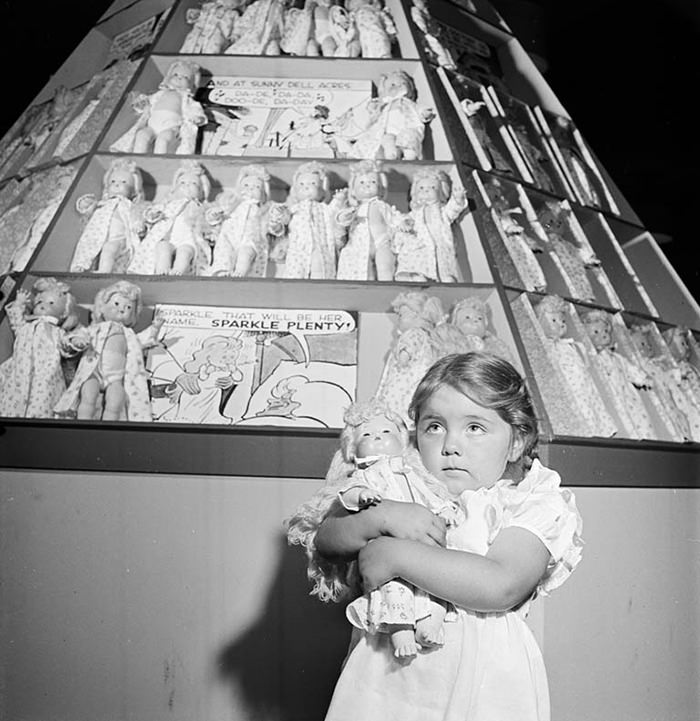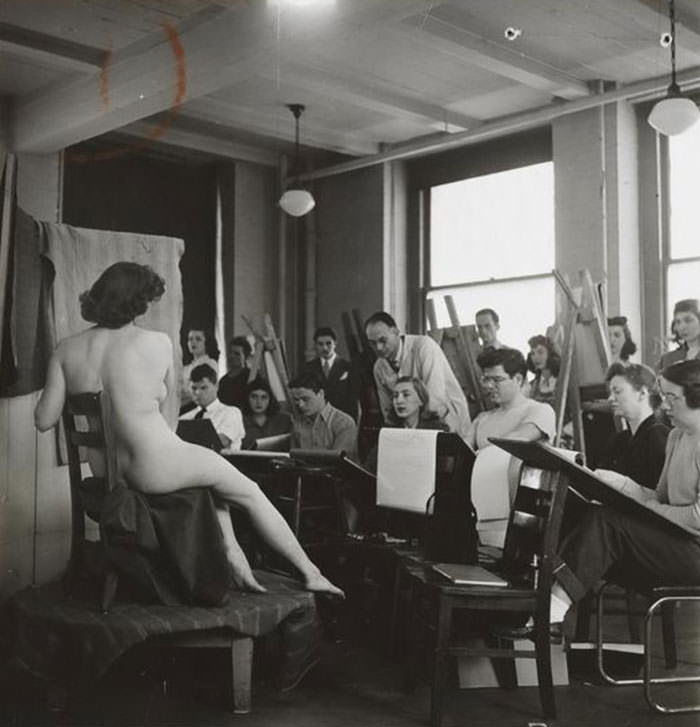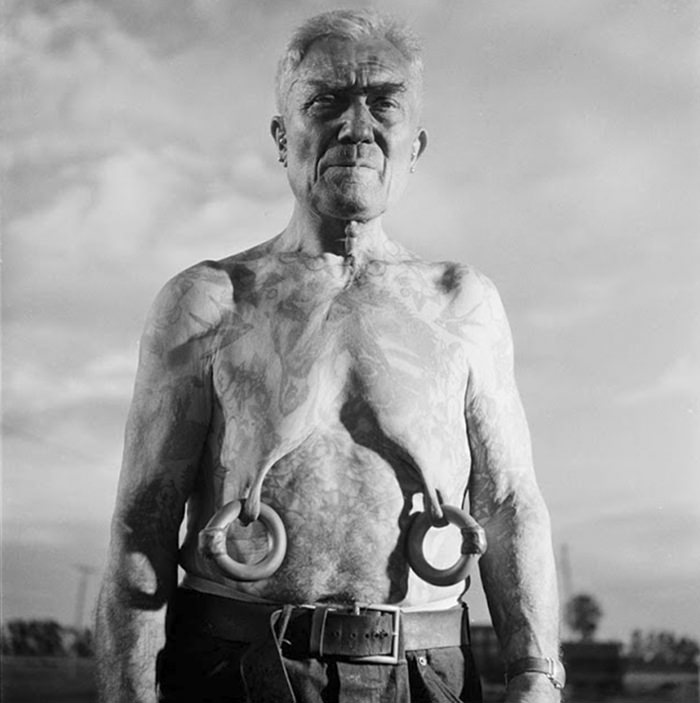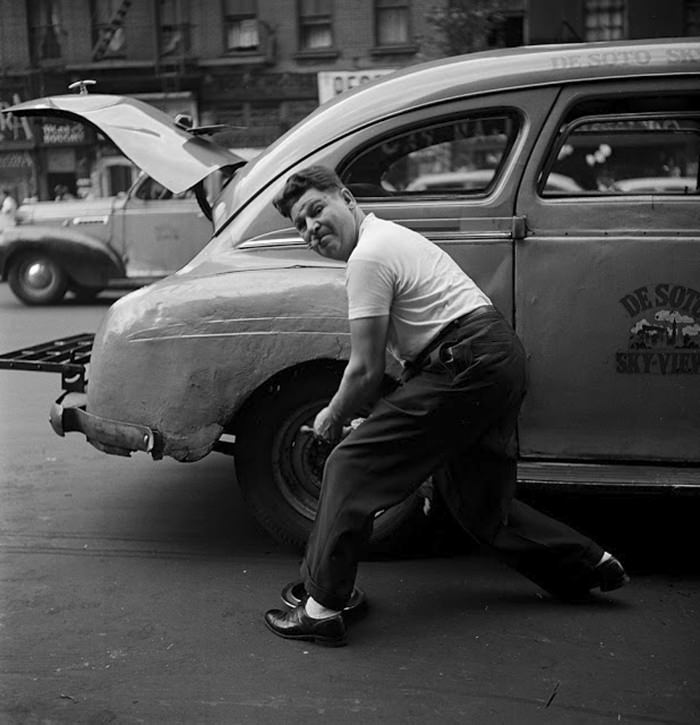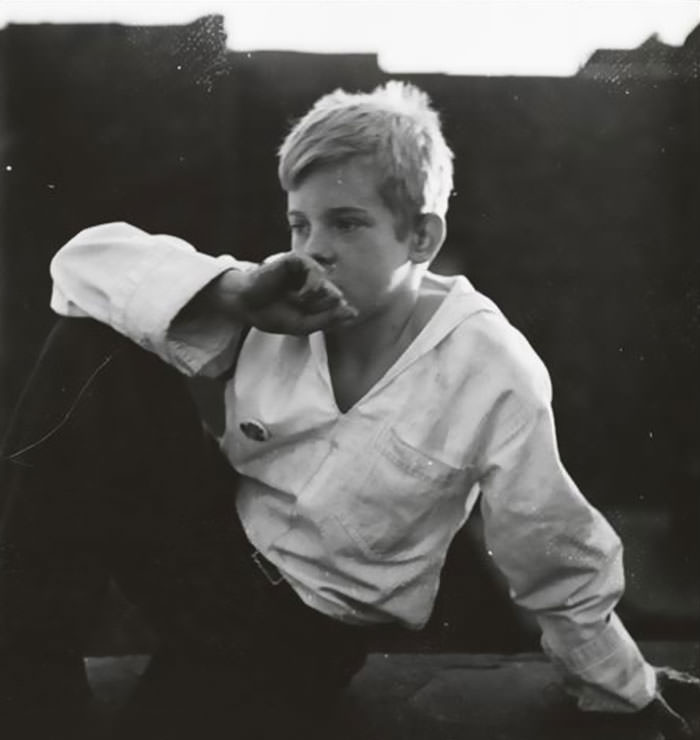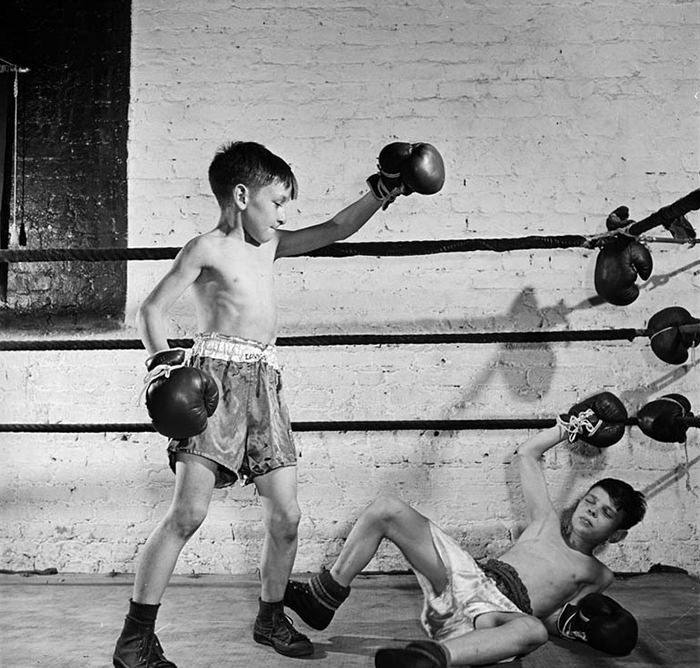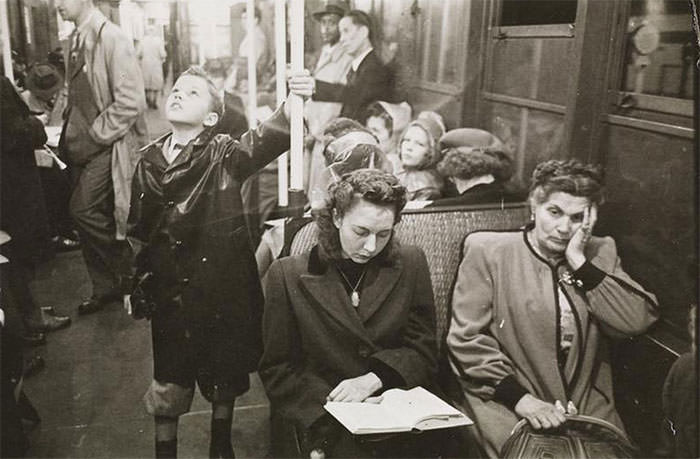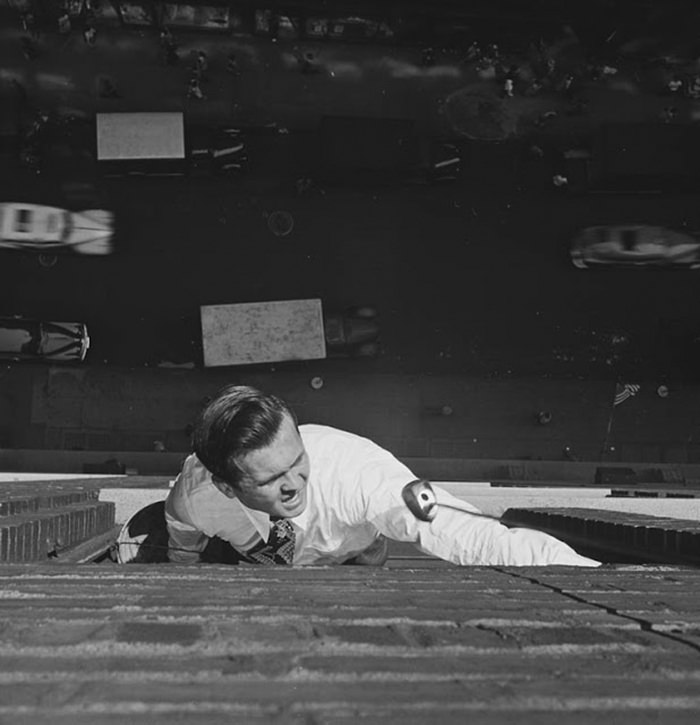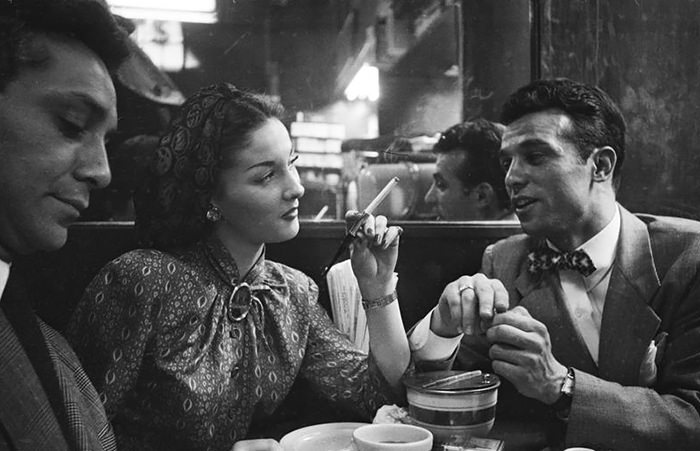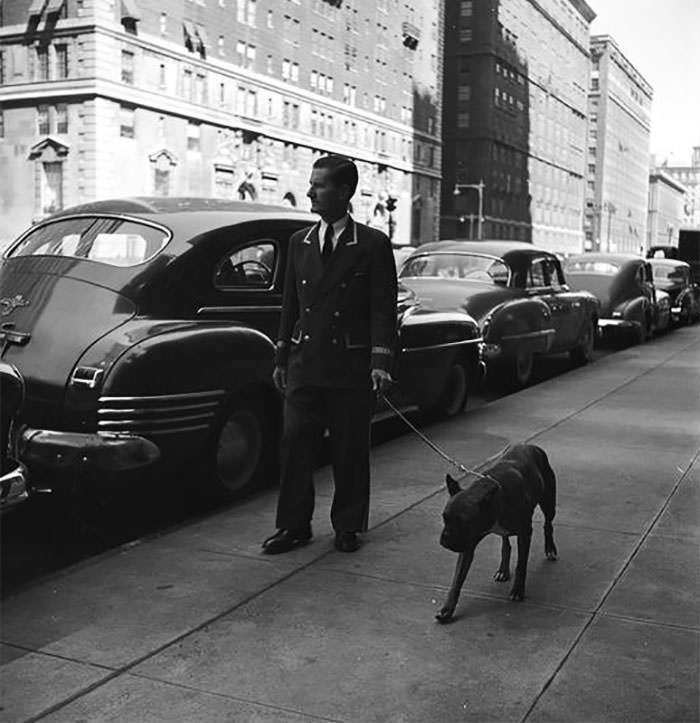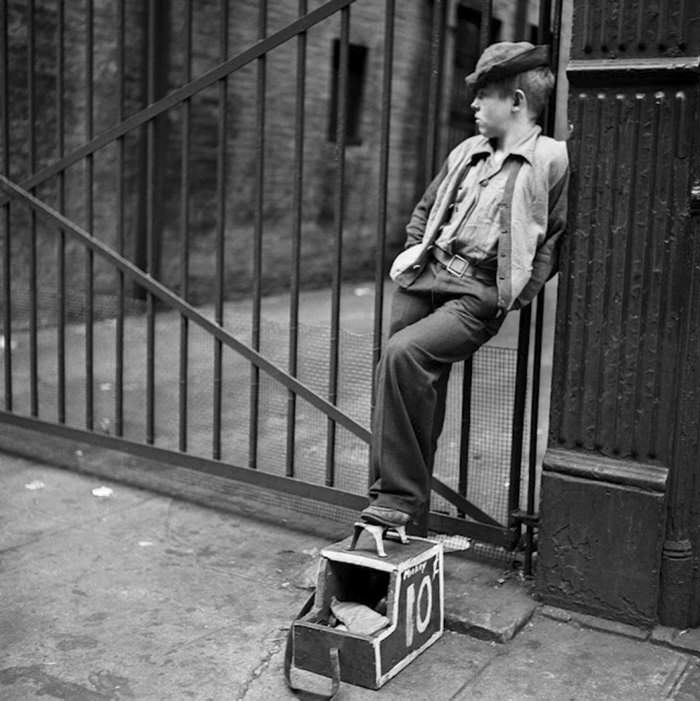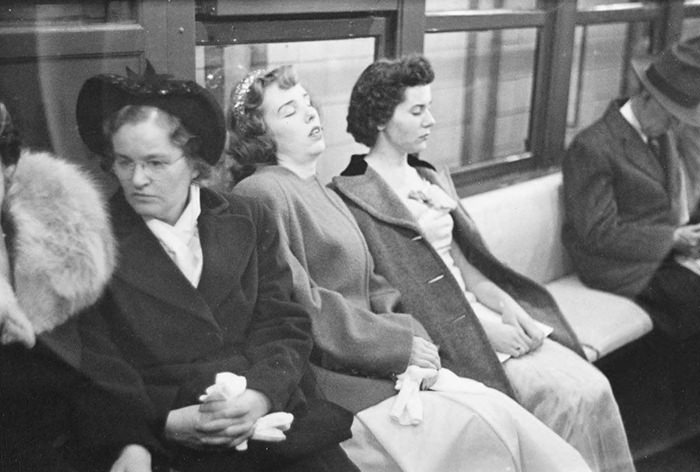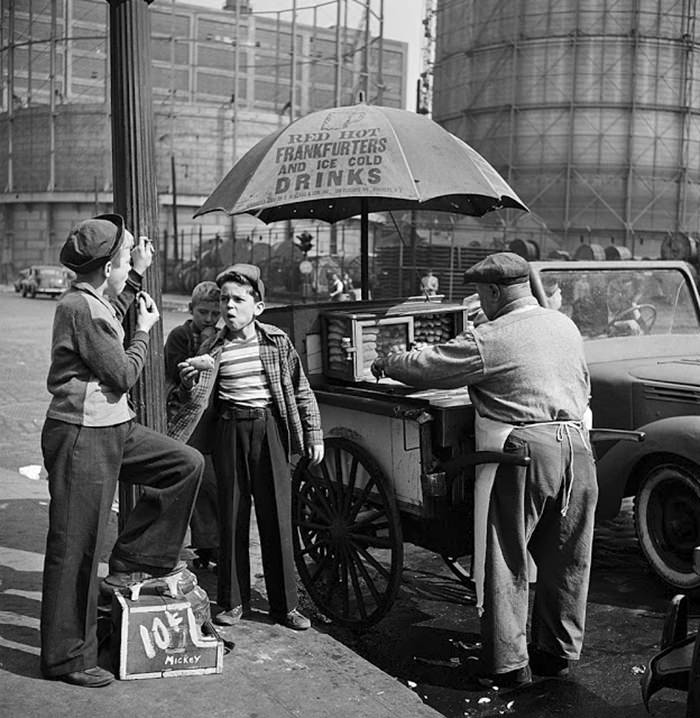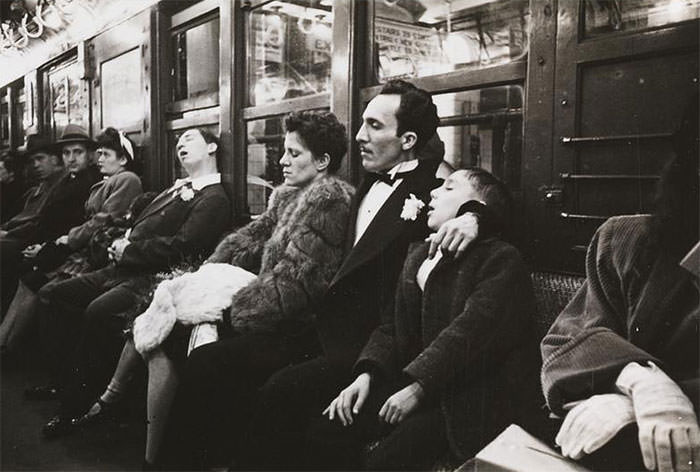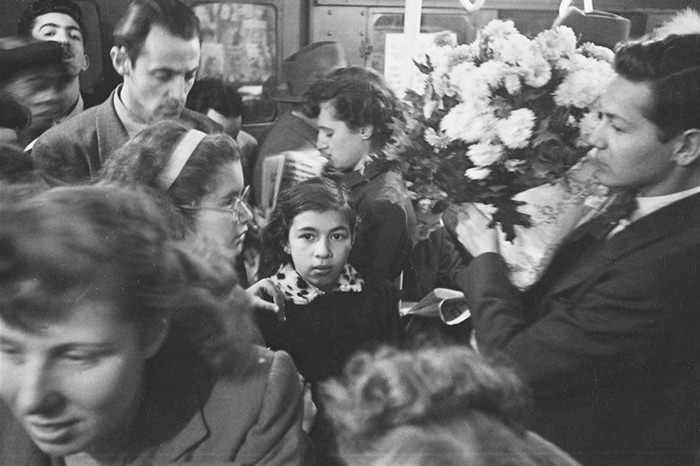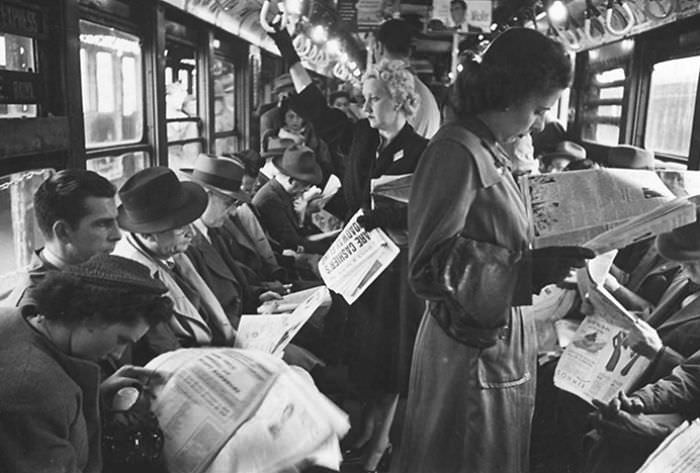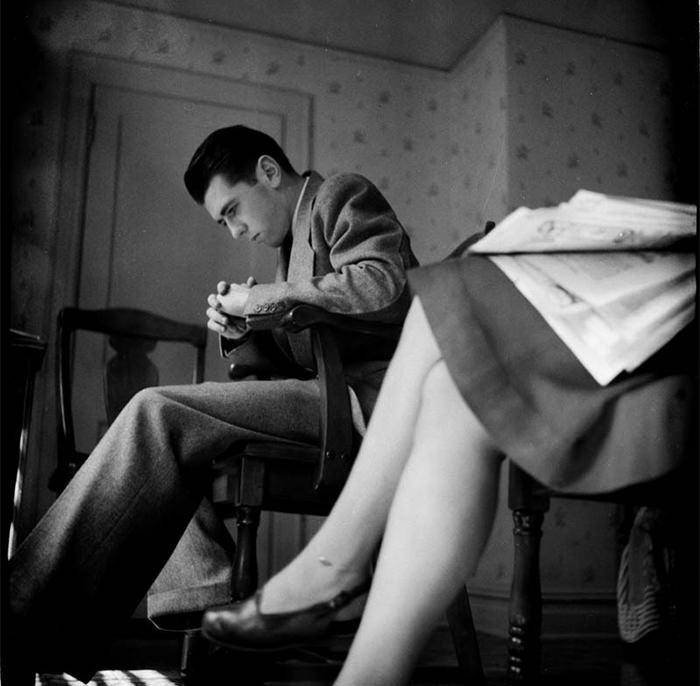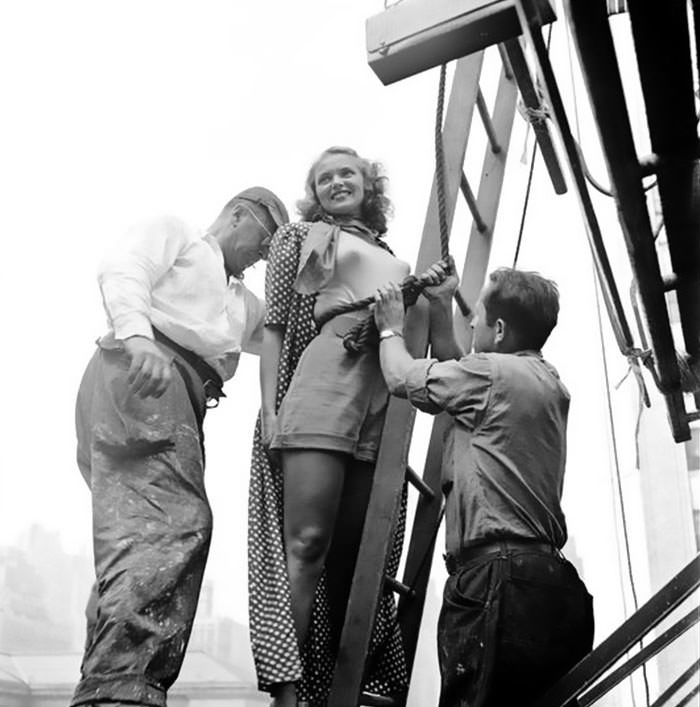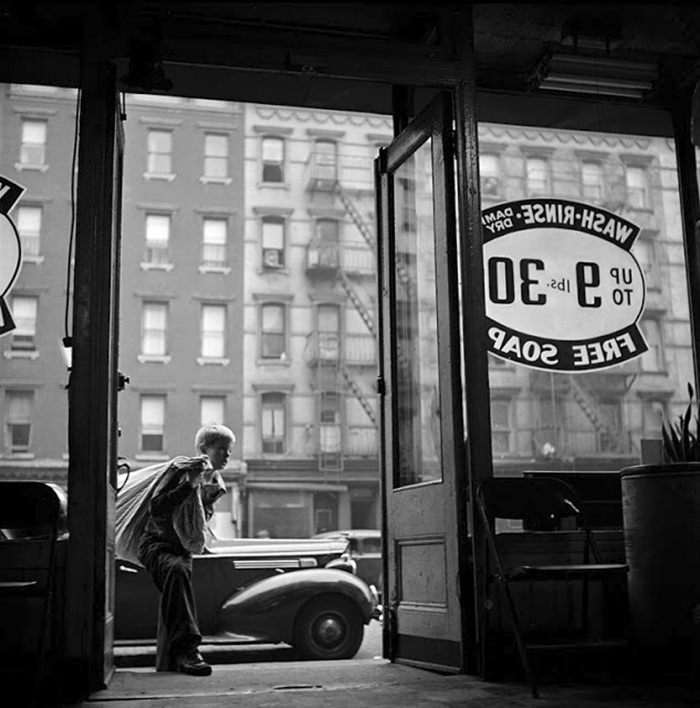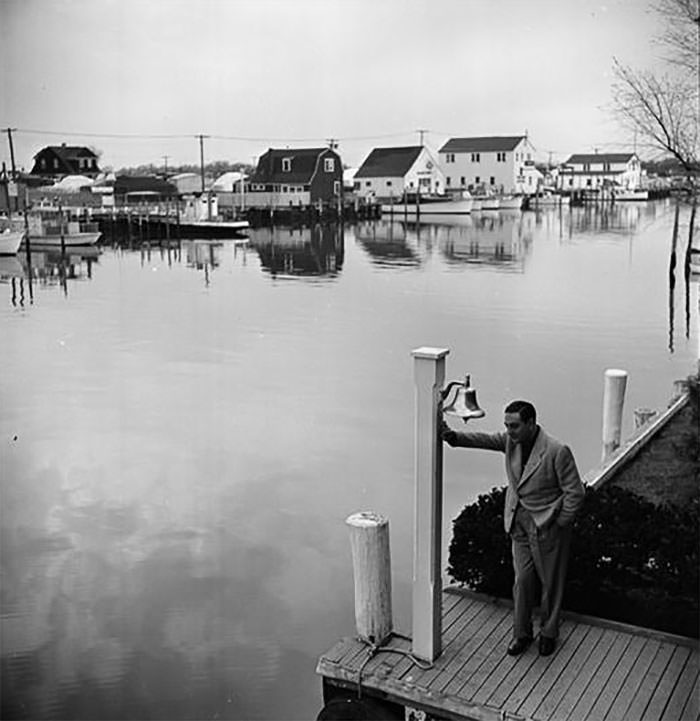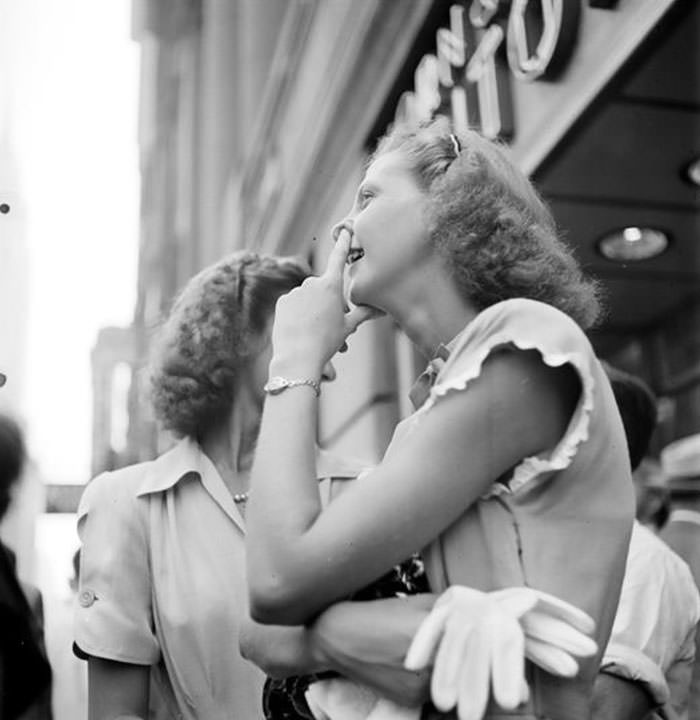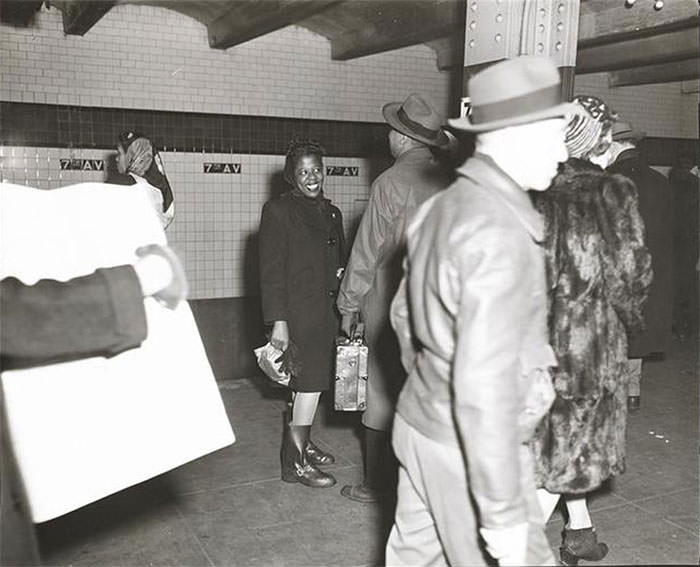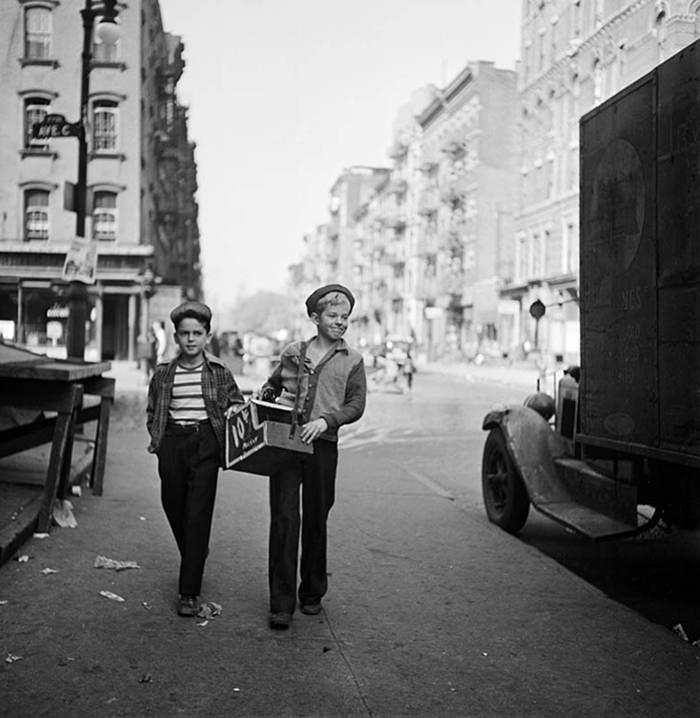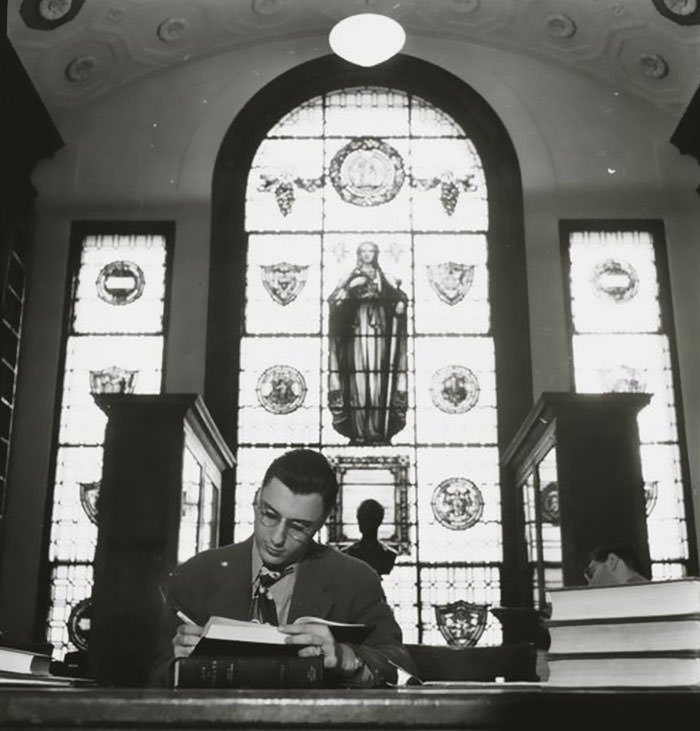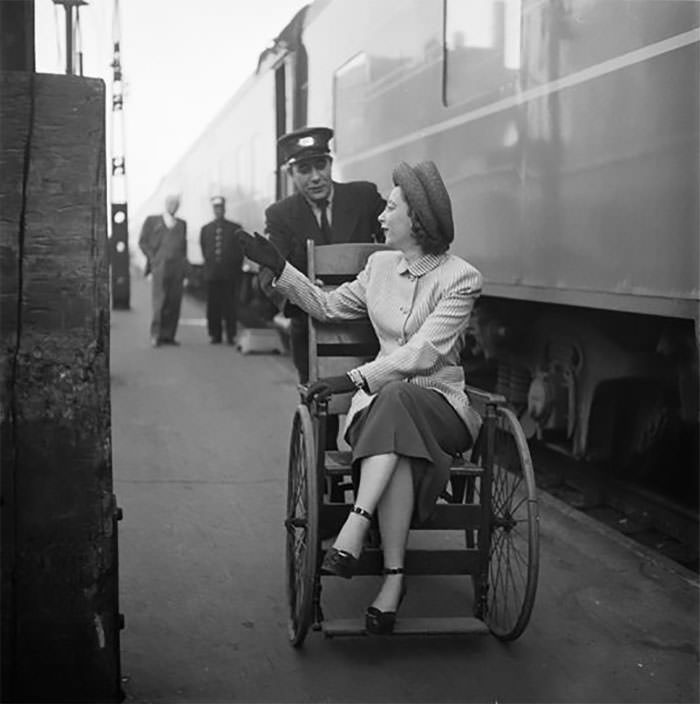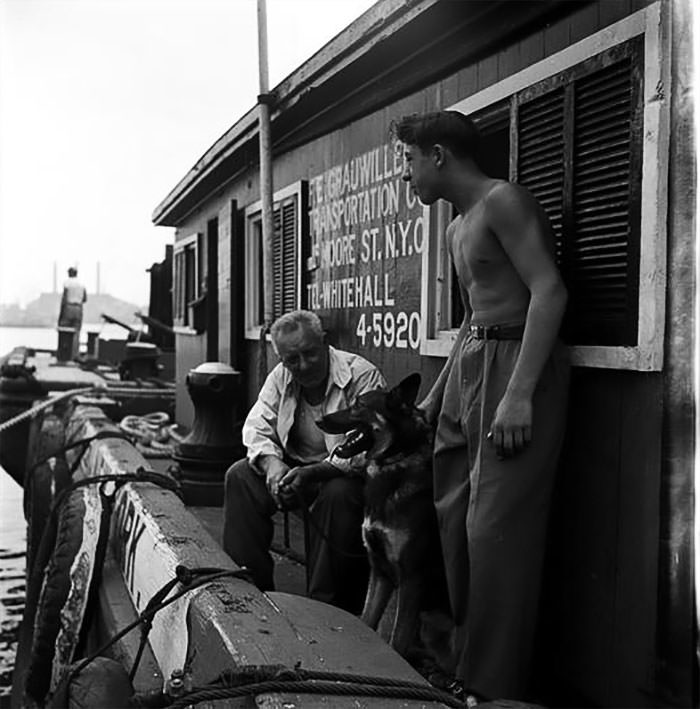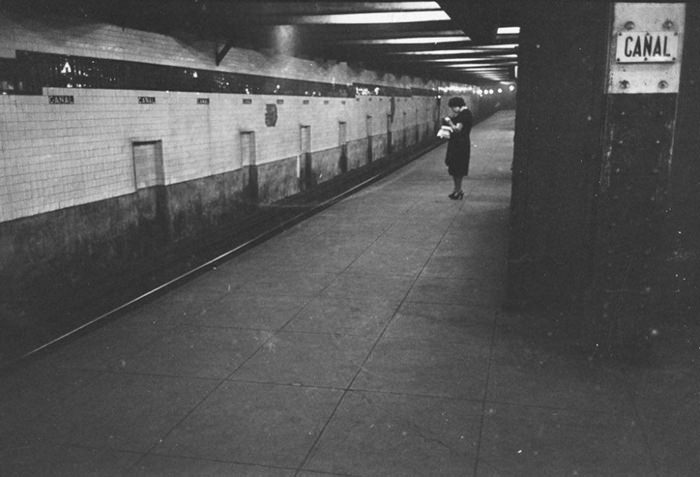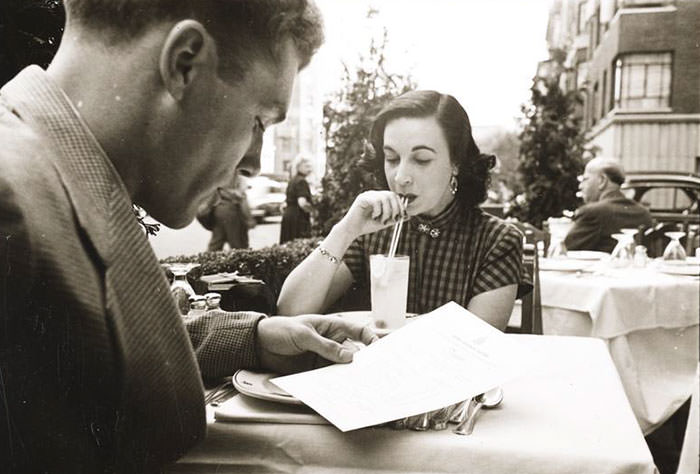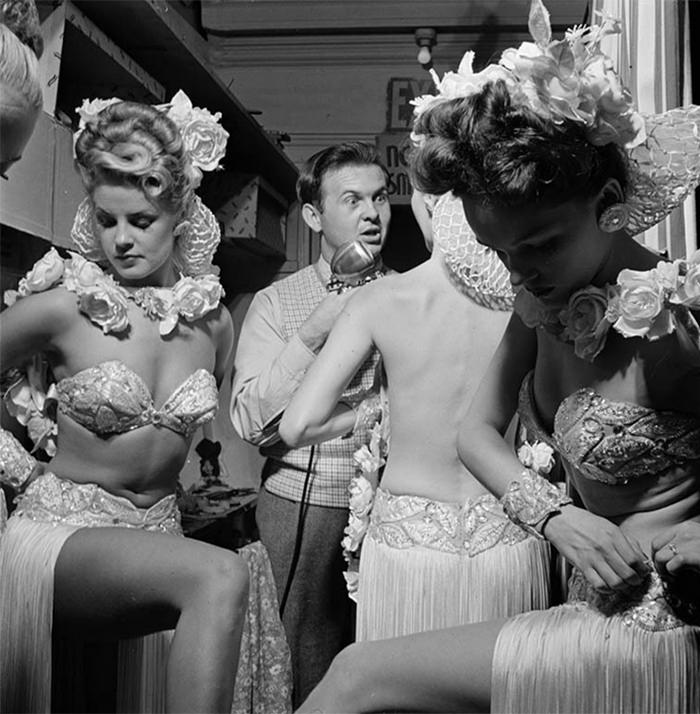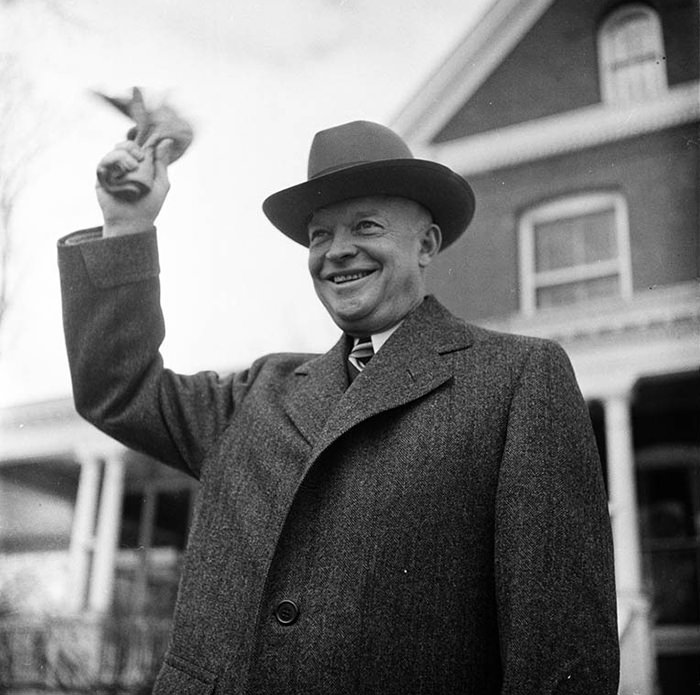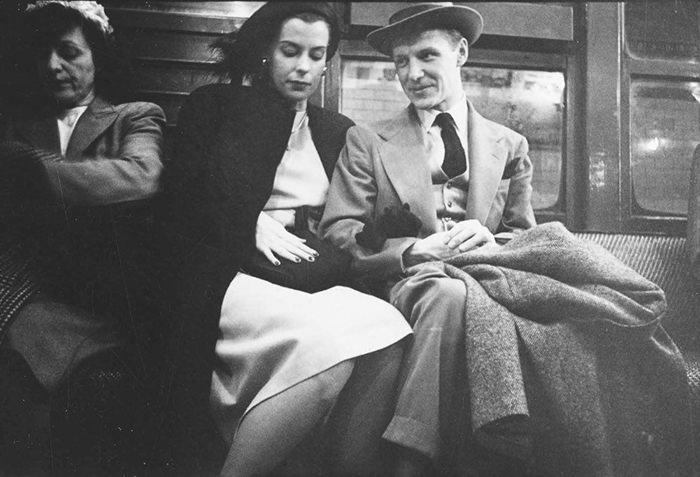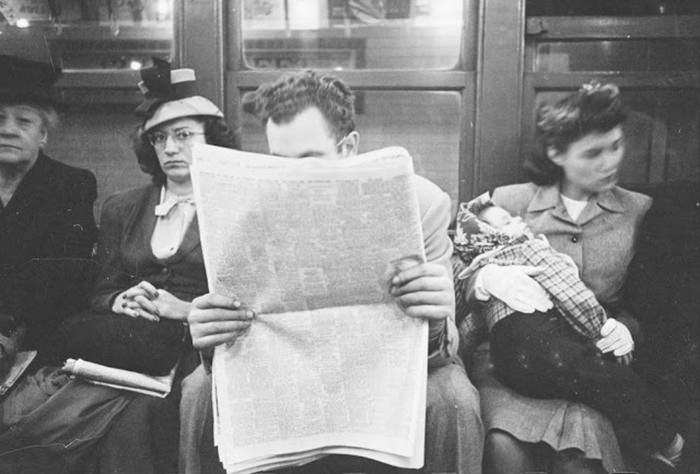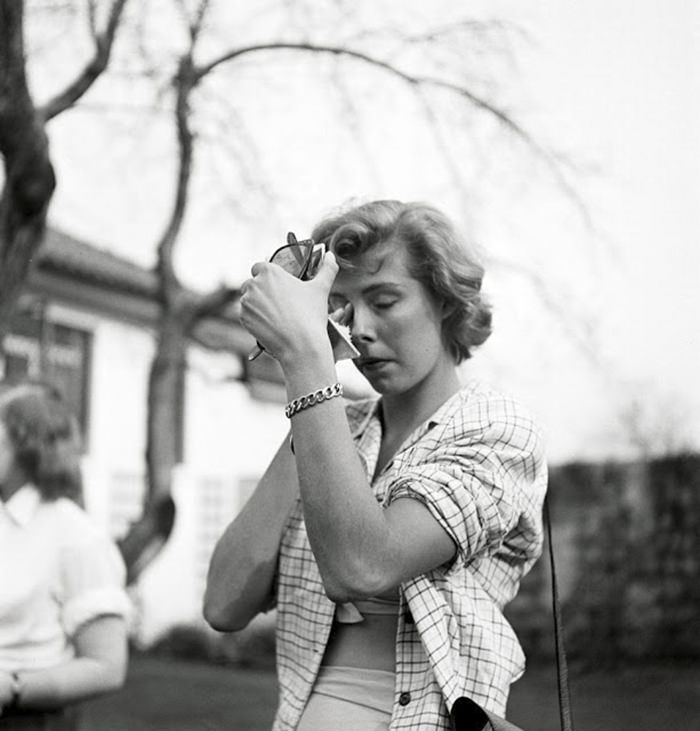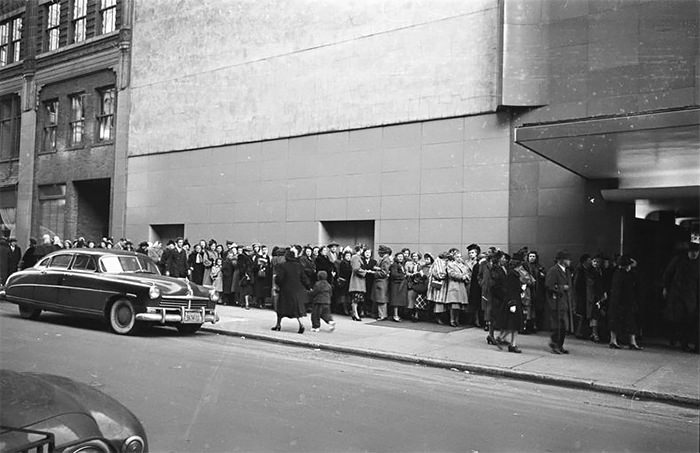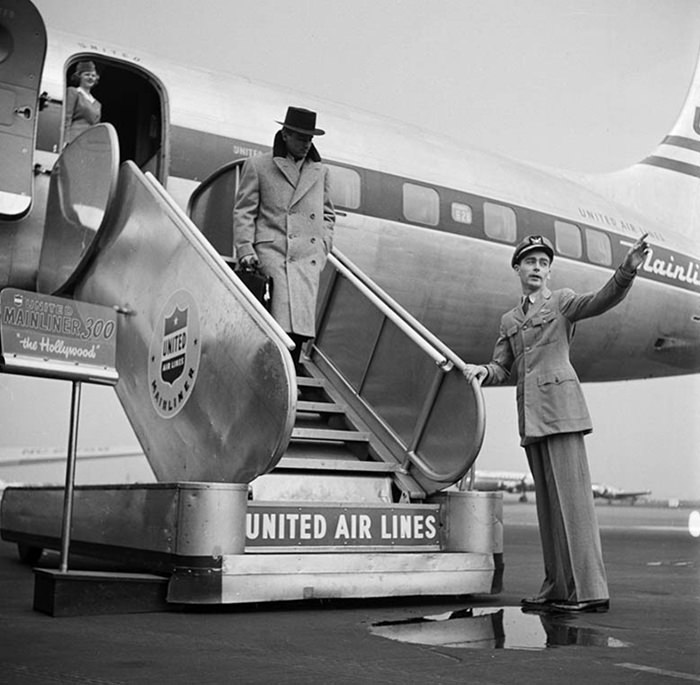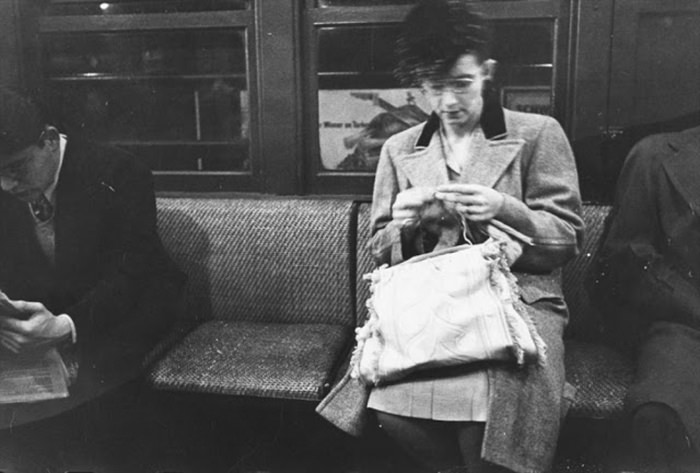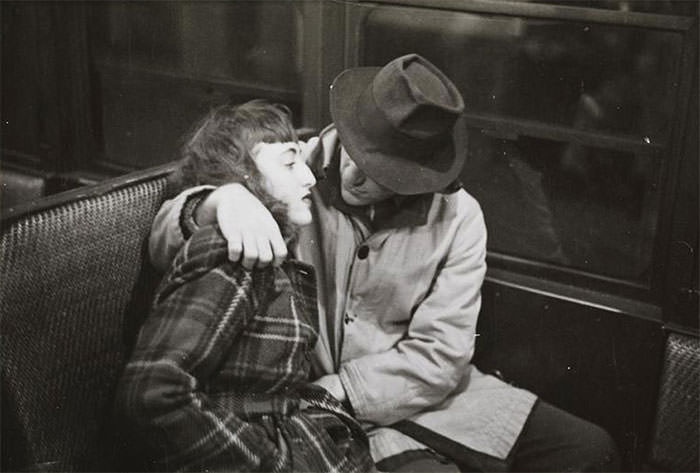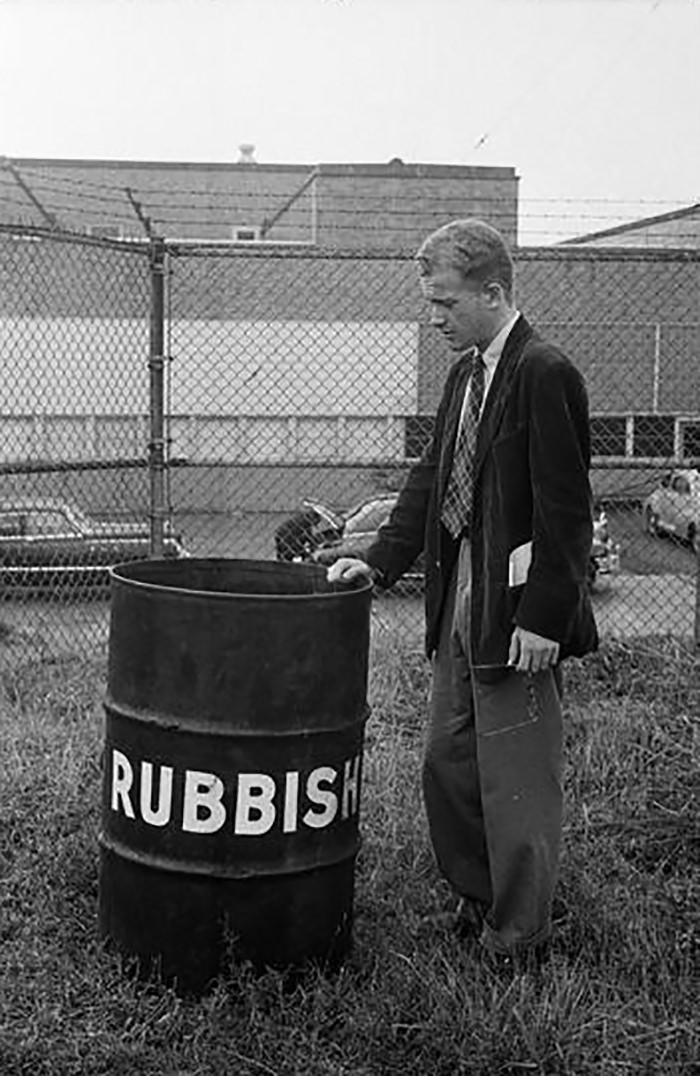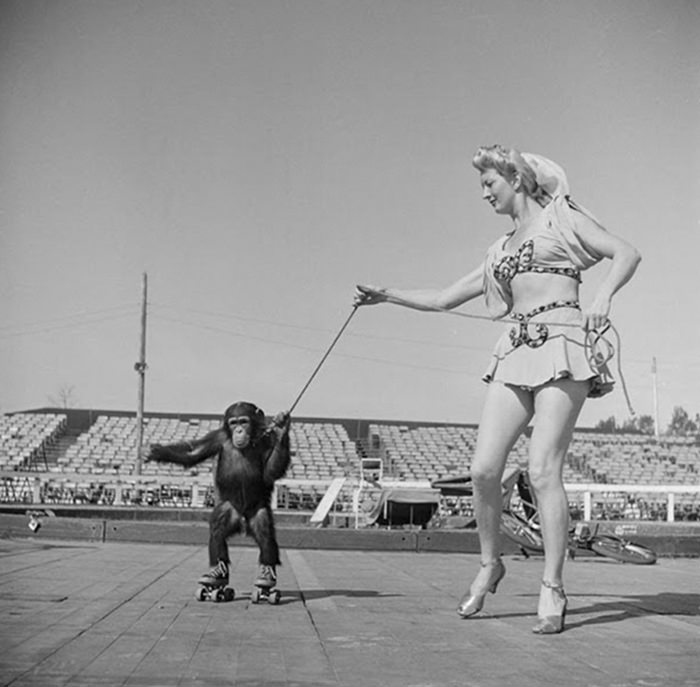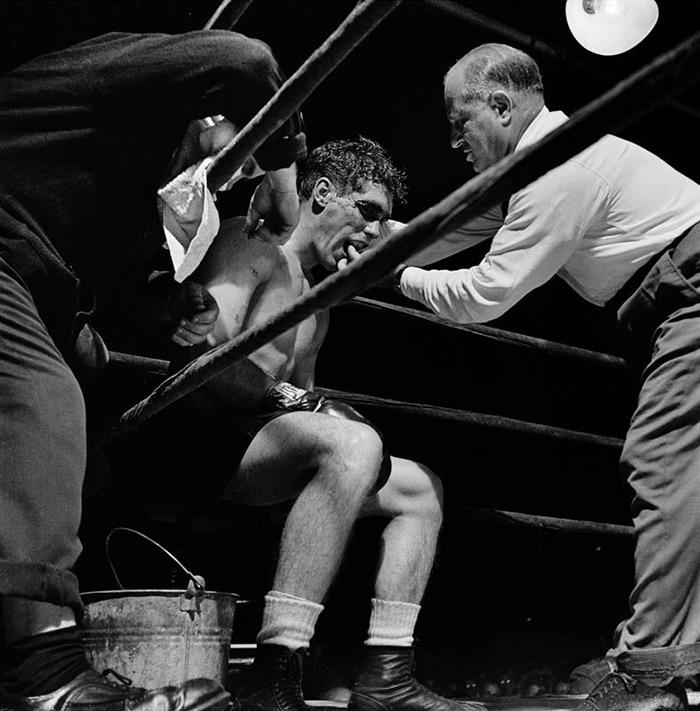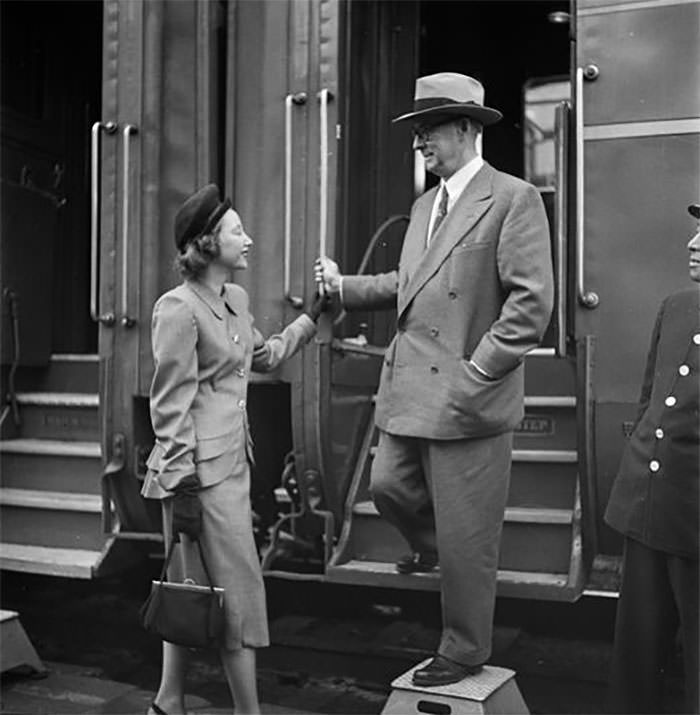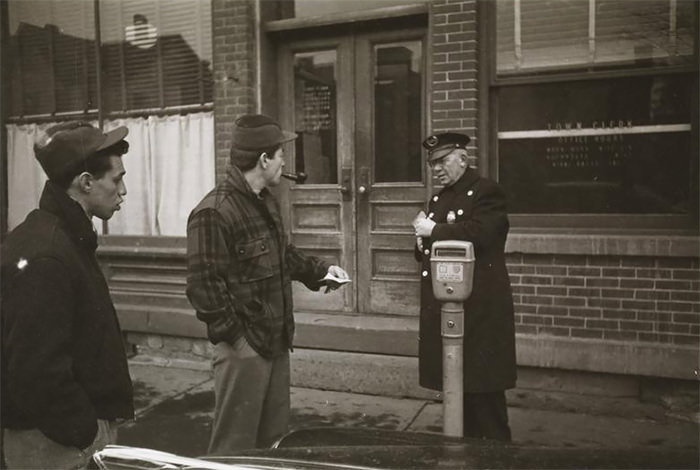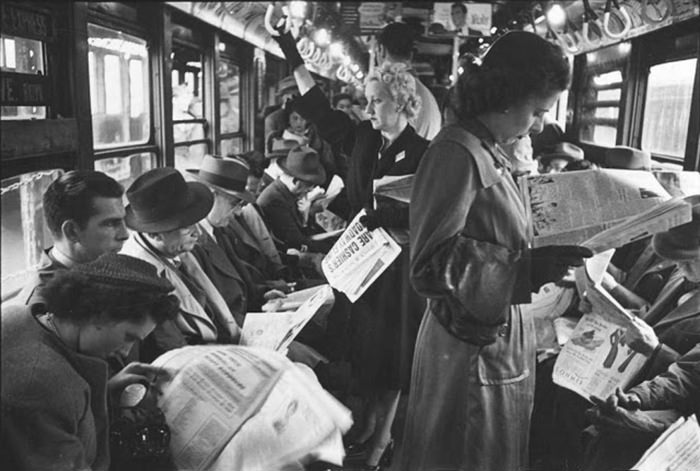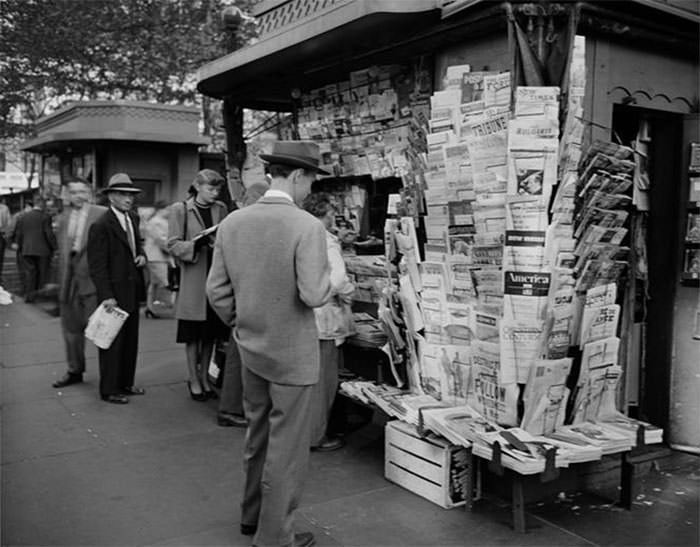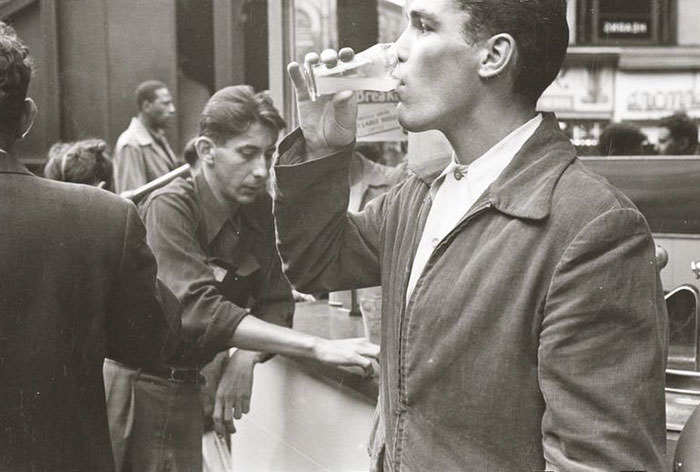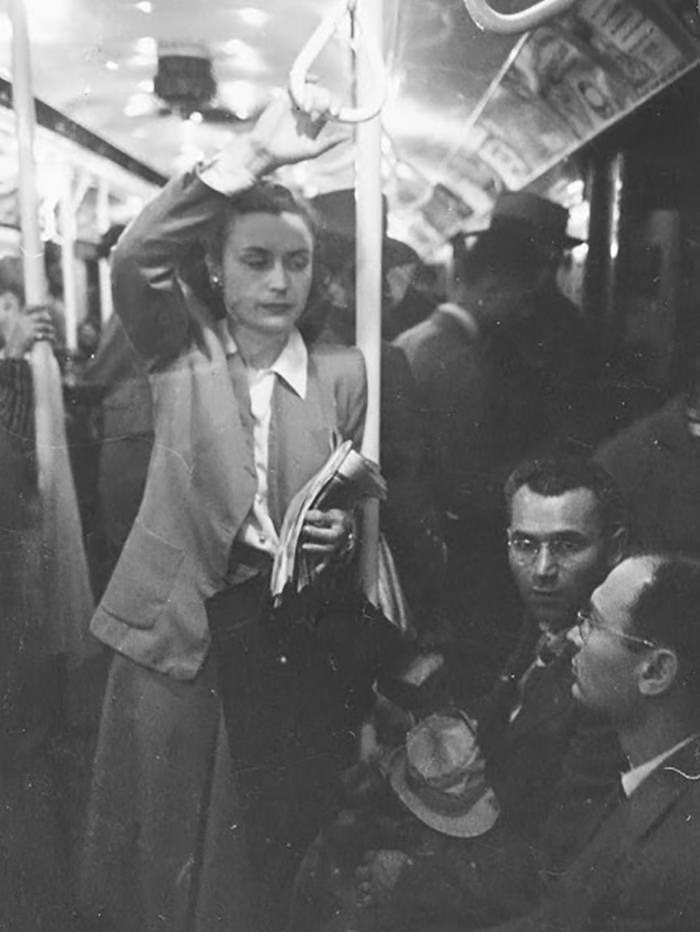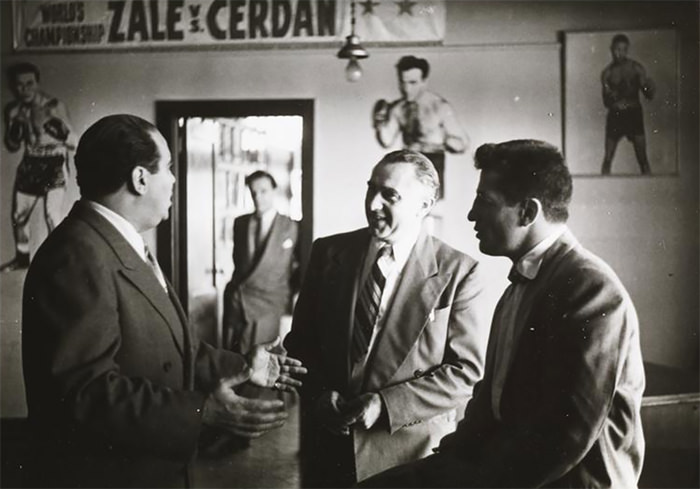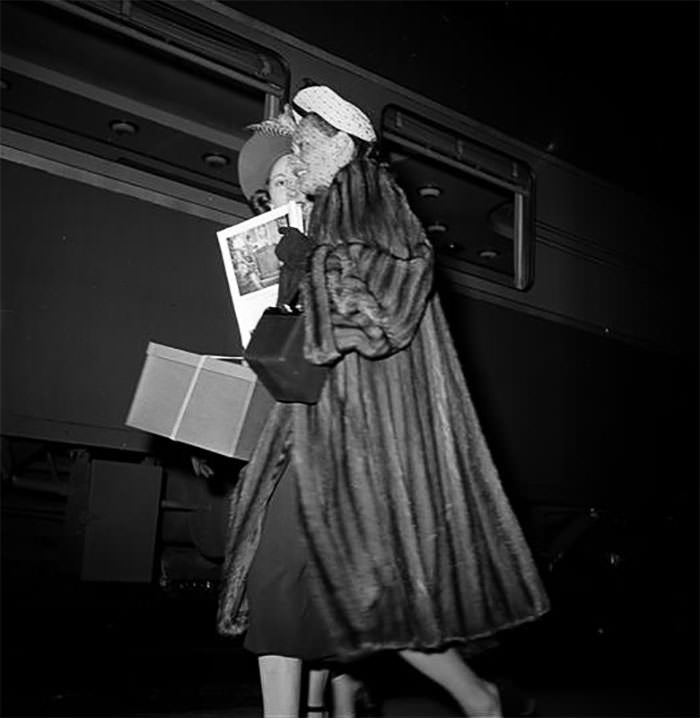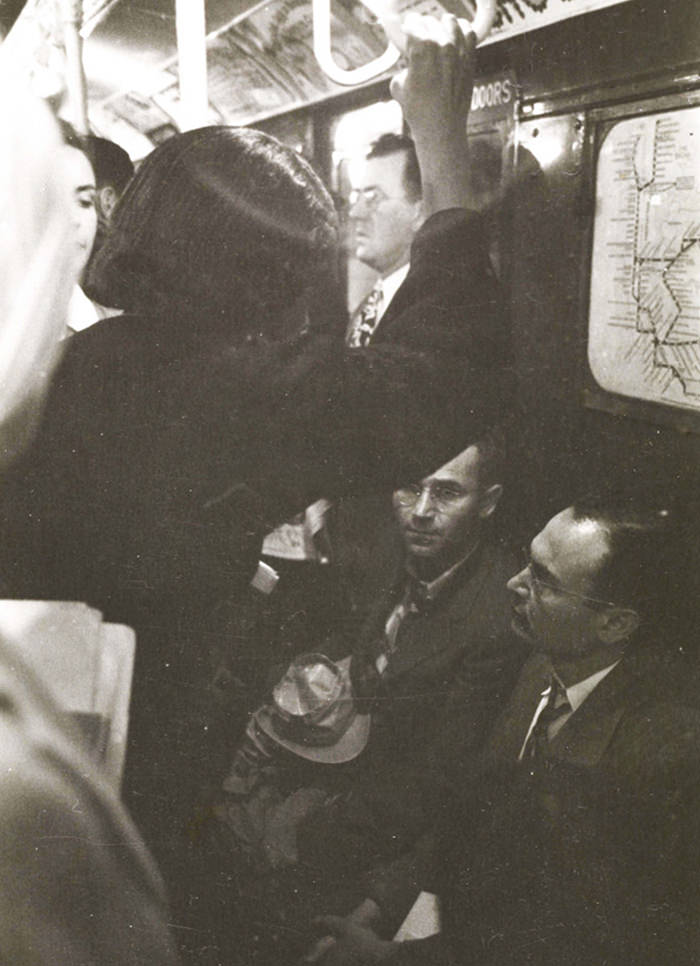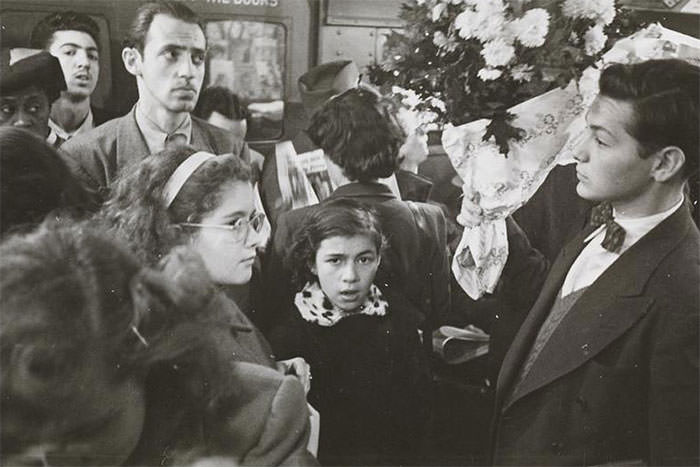Before crafting iconic films like “The Shining” and “2001: A Space Odyssey,” Stanley Kubrick honed his visual storytelling skills on the streets of New York City. As a young photojournalist for Look magazine in the 1940s, he captured a unique slice of life in the city that never sleeps.
The City as Character
Kubrick’s photographs reveal a city that’s alive with energy and contradictions. The bustling streets, filled with people from all walks of life, become a stage for human drama. He captures the energy of Times Square, ablaze with neon lights and bustling crowds, and the quiet intimacy of neighborhood shops, where locals gather for a chat.
He also captured poverty and hardship, the faces of those struggling to make ends meet. Yet, there’s also a sense of hope and resilience in his images. A young boy selling newspapers on a street corner, a mother cradling her baby, a group of friends laughing on a stoop – these moments of everyday life, captured with Kubrick’s keen eye, speak volumes about the human spirit..
Read more
People in Motion
Kubrick was fascinated by the movement of people. He captured the hustle and bustle of commuters rushing to work, the playful energy of children at play, the quiet solitude of a man reading a newspaper on a park bench. His photos reveal the rhythm of the city, the ebb and flow of life in its many forms.
He had a knack for capturing candid moments. A woman lost in thought on the subway, a couple stealing a kiss in a doorway, a child staring wide-eyed at a street performer – these fleeting moments, frozen in time by Kubrick’s lens, offer a glimpse into the hearts and minds of New Yorkers.
Kubrick’s photographs are a masterclass in the use of light and shadow. He understood how to use light to create mood and atmosphere, to highlight details and create a sense of depth. He captured the harsh glare of sunlight on a busy street, the soft glow of lamplight in a darkened alley, the dramatic contrast of light and shadow in a smoky jazz club.


